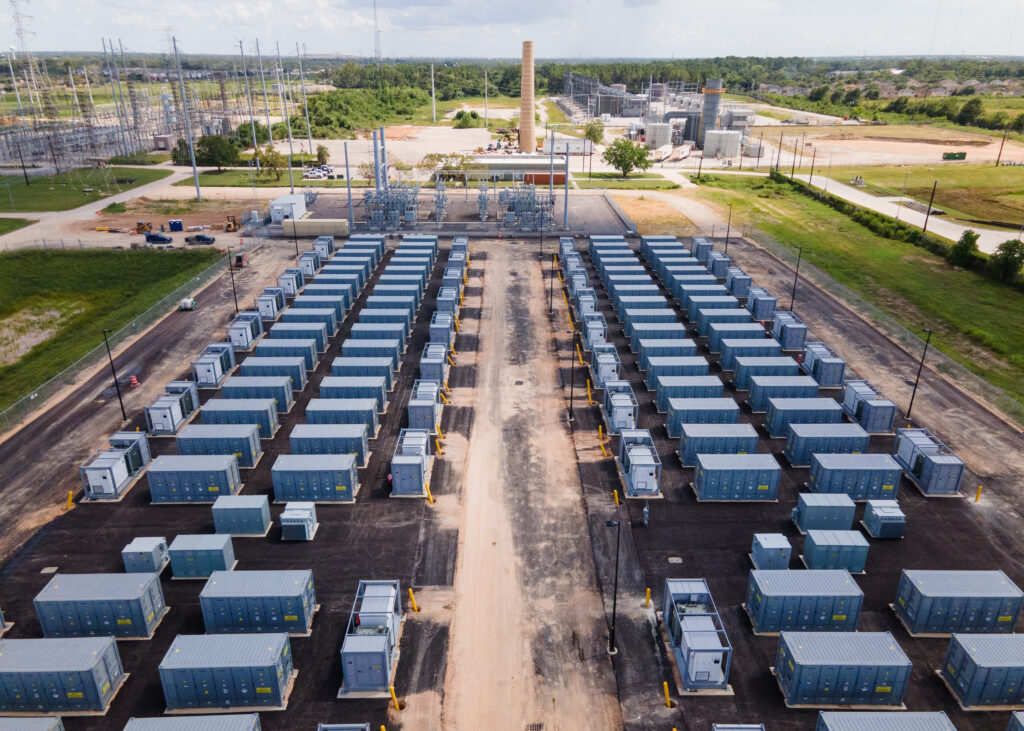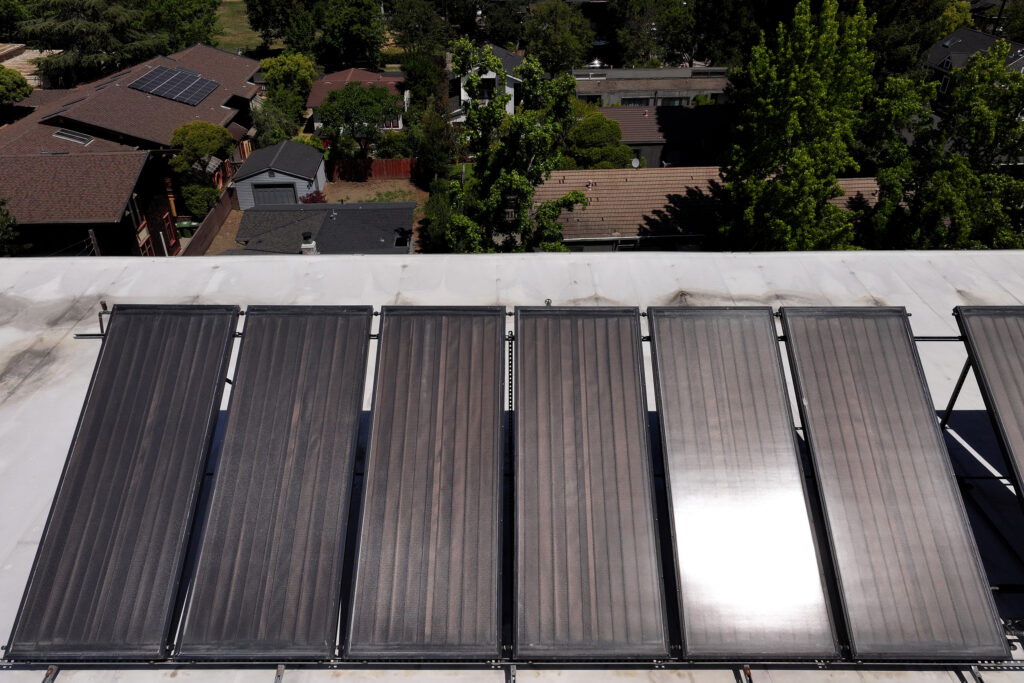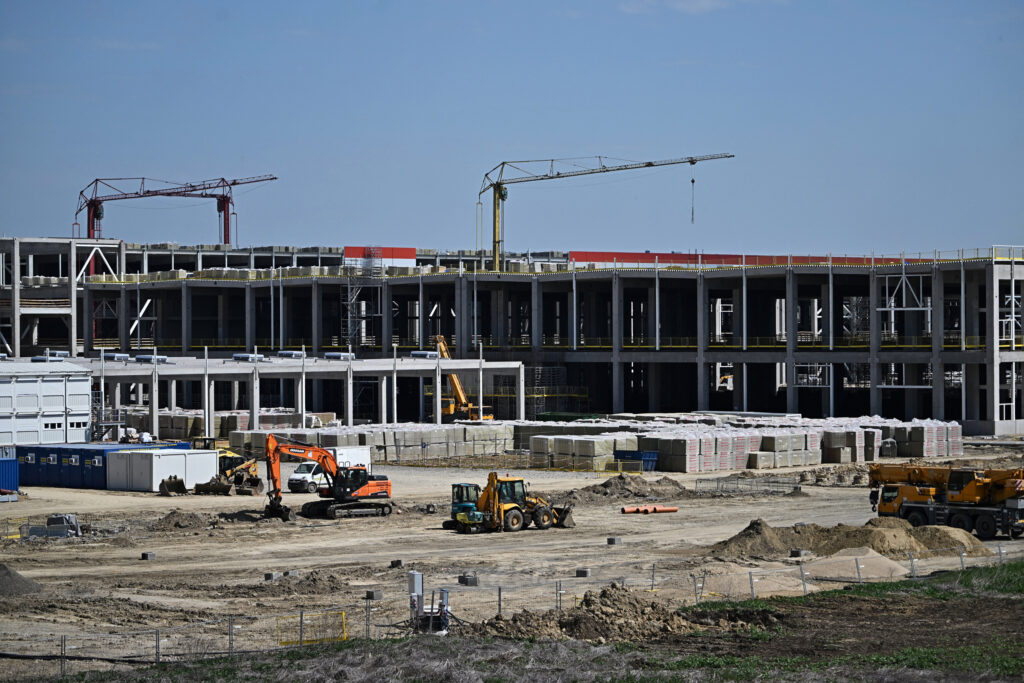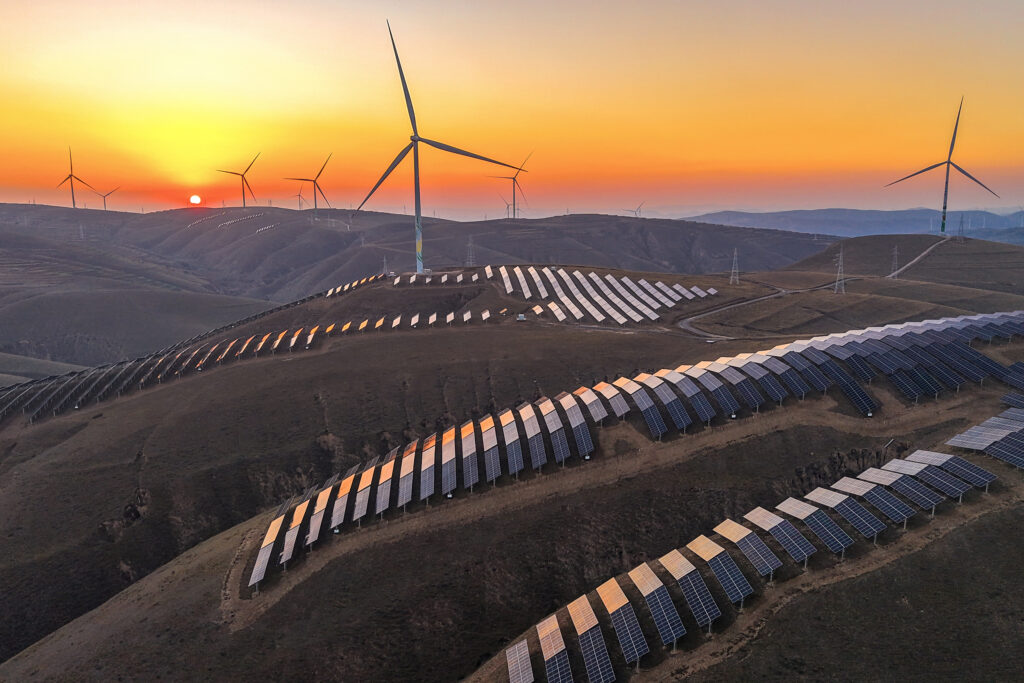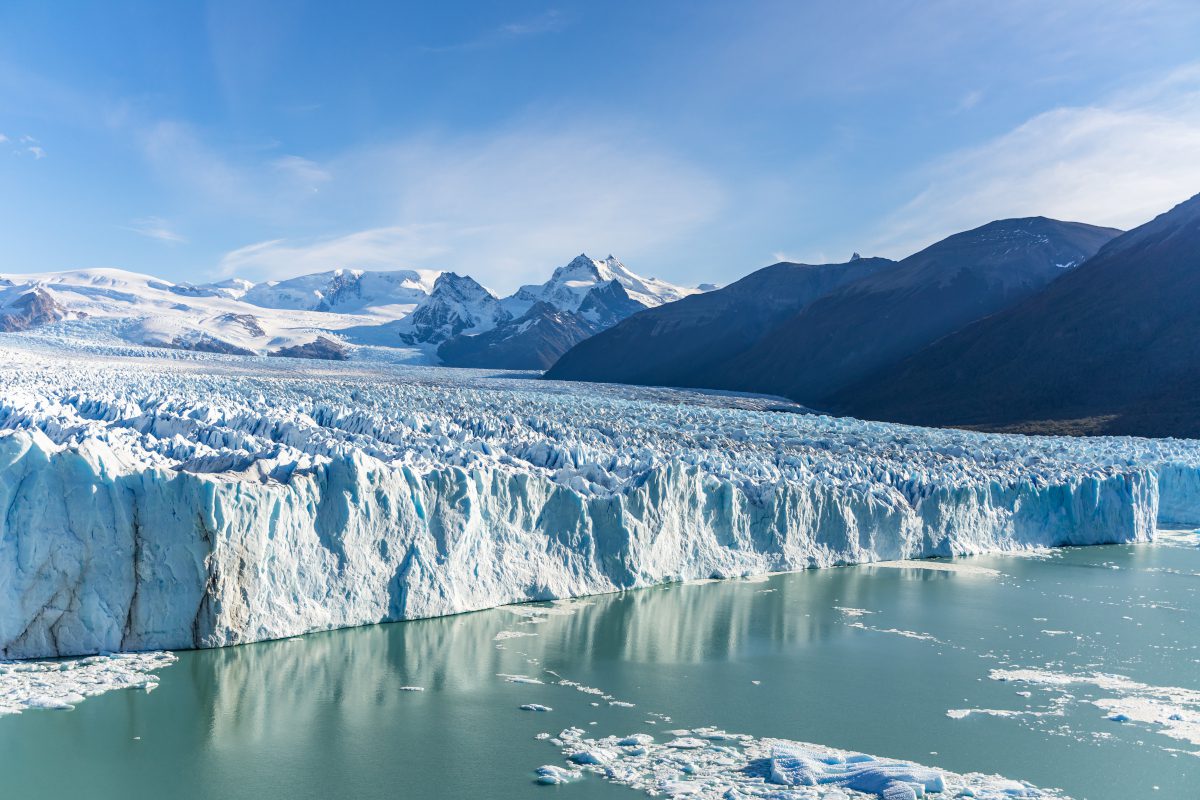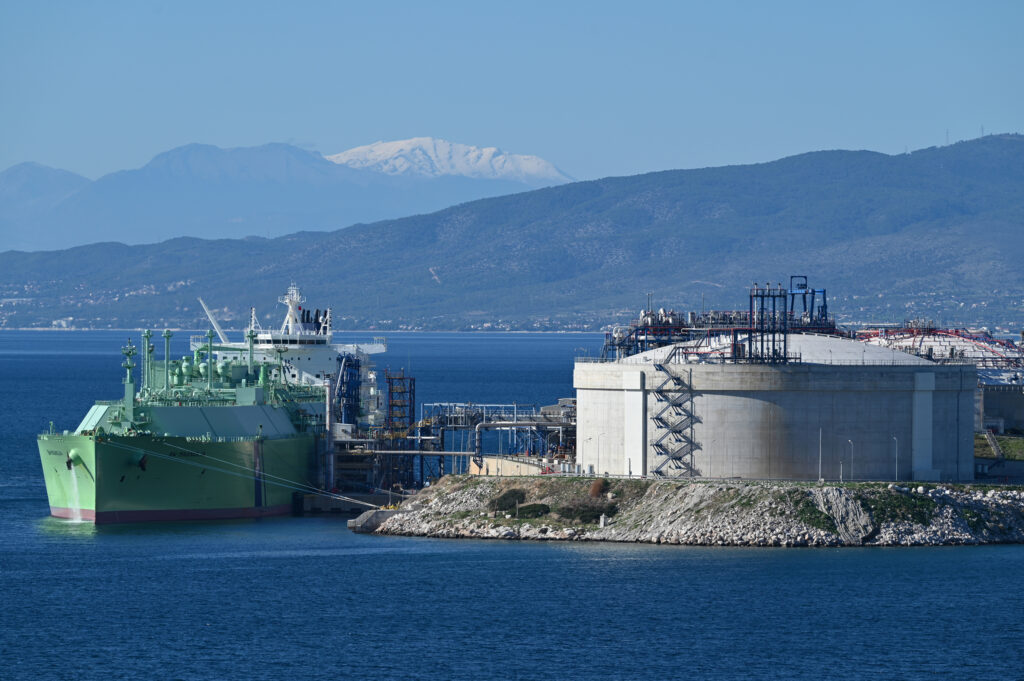Maryland is making big moves to ensure that electric vehicle drivers across the state can hit the road without worrying about running out of juice.
This week, the Maryland Department of Transportation (MDOT) issued a call for proposals to build up to 29 new EV charging stations across the state’s highways. The expansion is part of the National Electric Vehicle Infrastructure program, or NEVI, a pot of federal money states can use to expand access to charging stations and keep up with the growing demand for EVs.
“This investment is about giving EV drivers confidence,” said Maryland Transportation Secretary Paul J. Wiedefeld. “It means easier access to fast chargers along Maryland’s major routes. With over 120,000 EVs already registered in the state—and that number growing every month—this helps us move toward a more electric, cleaner future.”
The goal is to set up new EV charging stations every 50 miles along 23 major routes across the state, called “EV Alternative Fuel Corridors” under NEVI, with $30 million set aside from the current round of charging expansion funding. NEVI is included in the federal Justice40 Initiative, which requires that at least 40 percent of the benefits of certain federal program investments go to historically disadvantaged communities.
MDOT launched the initial round of funding last summer, with $12.1 million for building chargers at 22 sites across 15 of the state’s 23 counties. The projects included 126 fast-charging ports at malls, gas stations and travel centers. They’re expected to be up and running by the end of 2025, which, officials hope, will put Maryland well on its way to meeting federal requirements for building the corridor.
Those requirements include four fast charging ports capable of charging four vehicles simultaneously, 24/7 public access, data reporting and commitment to at least five years of operation and maintenance.
“We’re creating what we call range confidence for EV drivers,” said Deron Lovaas, MDOT’s chief of environment and sustainable transportation, in an interview with Inside Climate News. That’s knowing you can go where you need to without worrying about finding a charger, he said.
Once Maryland’s highways are covered, the state plans to expand the charging network in neighborhoods and local communities where people live, work and shop.
The push for charging stations is not just about providing convenience to owners of EVs. It’s a key part of Maryland’s plan to hit net-zero carbon emissions by 2045. Transportation is Maryland’s biggest source of greenhouse gas pollution, and there’s a consensus among public officials and advocates that switching to electric vehicles is critical for lowering the state’s contribution to climate harms.
“The biggest thing we can do to tackle climate pollution is to shift to clean vehicles,” Lovaas said. “And it’s not just about cars—we’re also working on chargers for medium- and heavy-duty trucks, which have an even bigger impact on emissions.”
Maryland already has additional funding to install heavy-duty truck chargers along I-95, partnering with states like Delaware, New Jersey and Connecticut. These chargers, planners believe, will make a huge difference in reducing harmful pollution in communities near major highways, where air quality has been a concern for years. “Transitioning trucks to electric power will reduce dangerous particulate matter, like black carbon,” Lovaas said. “That’s not just good for the climate—it’s good for public health too.”
The effort to build more chargers ties into a larger nationwide push to electrify transportation. Under the Bipartisan Infrastructure Law, the federal government has committed $5 billion over five years to build a network of 500,000 EV chargers across the country by 2030. An additional $2.5 billion in grants is also available to help fill in the gaps, especially in rural and underserved communities. The goal is to make EV charging reliable and accessible for everyone, regardless of where they live.
“The biggest thing we can do to tackle climate pollution is to shift to clean vehicles.”
— Deron Lovaas, Maryland Department of Transportation
“Maryland has already been allocated $63 million over five years for the NEVI program. We’re confident that funding is secure since it was authorized under the Bipartisan Infrastructure Law,” said Amanda Hinh, deputy chief of MDOT’s environment and sustainable transportation program, when asked whether the incoming Trump administration could claw back federal funds.
EV adoption in Maryland is skyrocketing—the number of electric vehicles is growing by about 2,500 every month, according to MDOT. Nationwide, EV sales are booming too, with over 1.1 million sold in the U.S. in 2023. EVs are already projected to make up half of all new U.S. car sales by 2030, according to the International Energy Agency, propelled by federal regulations and incentives, state programs and the growing nationwide charging network.
“As EV use expands, we must deliver access to convenient and reliable charging for every Marylander and every community,” said State Highway Administrator Will Pines.
While the new round of funding is expected to get Maryland closer to meeting its EV infrastructure needs, MDOT is already looking ahead. After the fast-charging network on highways is complete, the focus will shift to filling in “charging deserts”—places where access is still limited.
NEVI is part of Maryland’s broader Zero Emission Vehicle Infrastructure Planning (ZEVIP) initiative. Set to launch next year, ZEVIP will map out a clear path to developing a cleaner, more sustainable transportation system in Maryland.
“This is just the beginning,” Lovaas said. “In order to bend the emissions curve, the transportation sector needs to accomplish quite a bit—because the biggest source of climate pollution in Maryland is transportation. Which means that the single biggest step we can take to solve our climate problem is shifting to electric vehicles and providing such incentives.”
Some experts and advocates caution that a rapid pace of electrification also necessitates robust clean energy generation, sufficient transmission and phasing out fossil fuel-powered plants. All of that remains uncertain in part due to grid reliability concerns.
MDOT officials said that electric utilities and the state’s Public Service Commission, which regulates them, will play a key role as a result.
“The transportation network and the grid are increasingly coming together, and that means the Public Service Commission and our five building utilities play crucial roles in making sure that we are prepared and are able to move forward. And that’s something we’re tracking as well,” Lovaas said.
About This Story
Perhaps you noticed: This story, like all the news we publish, is free to read. That’s because Inside Climate News is a 501c3 nonprofit organization. We do not charge a subscription fee, lock our news behind a paywall, or clutter our website with ads. We make our news on climate and the environment freely available to you and anyone who wants it.
That’s not all. We also share our news for free with scores of other media organizations around the country. Many of them can’t afford to do environmental journalism of their own. We’ve built bureaus from coast to coast to report local stories, collaborate with local newsrooms and co-publish articles so that this vital work is shared as widely as possible.
Two of us launched ICN in 2007. Six years later we earned a Pulitzer Prize for National Reporting, and now we run the oldest and largest dedicated climate newsroom in the nation. We tell the story in all its complexity. We hold polluters accountable. We expose environmental injustice. We debunk misinformation. We scrutinize solutions and inspire action.
Donations from readers like you fund every aspect of what we do. If you don’t already, will you support our ongoing work, our reporting on the biggest crisis facing our planet, and help us reach even more readers in more places?
Please take a moment to make a tax-deductible donation. Every one of them makes a difference.
Thank you,






